Batteries made of lemons and oranges have been gracing grade school laboratories for years. In addition to fruit-based batteries, now you can make a battery using spit.
The new paper-based bacteria-powered battery can be activated with a single drop of saliva, generating enough power to power an LED light for around 20 minutes.
“The battery includes specialized bacterial cells, called exoelectrogens, which have the ability to harvest electrons externally to the outside electrode,” Seokheun Choi, co-author of the new study, tells Nexus Media. “For the long-term storage, the bacterial cells are freeze-dried until use. This battery can even be used in challenging environmental conditions like desert areas. All you need is an organic matter to rehydrate and activate the freeze-dried cells.”


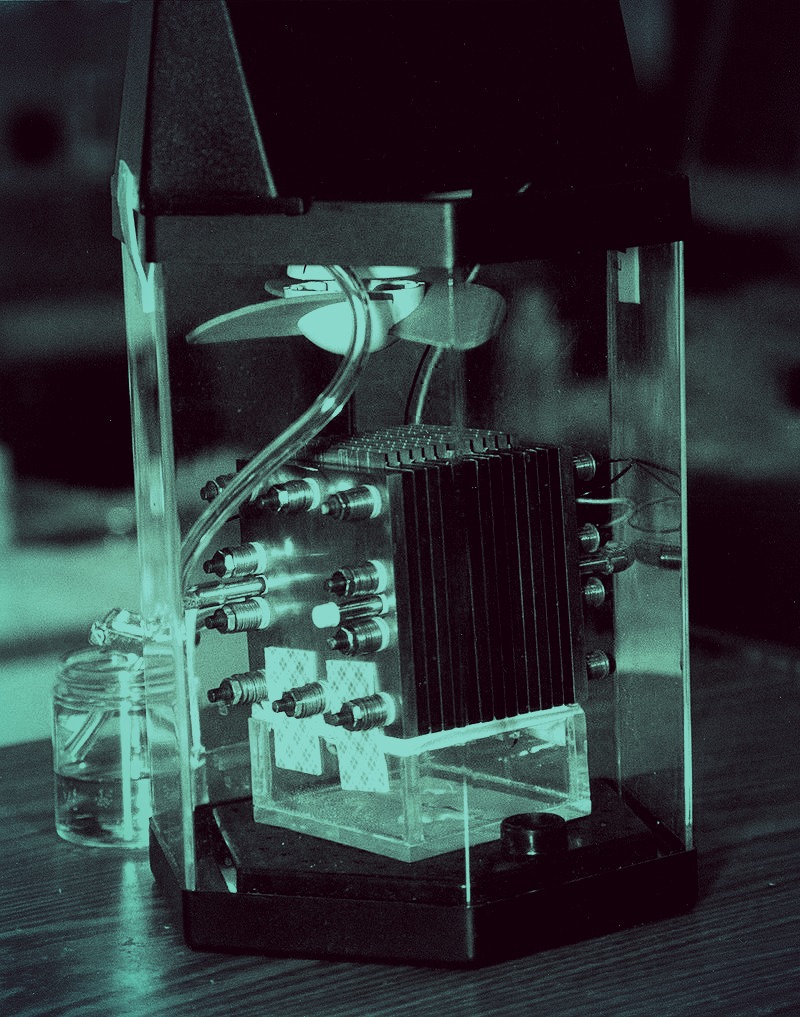

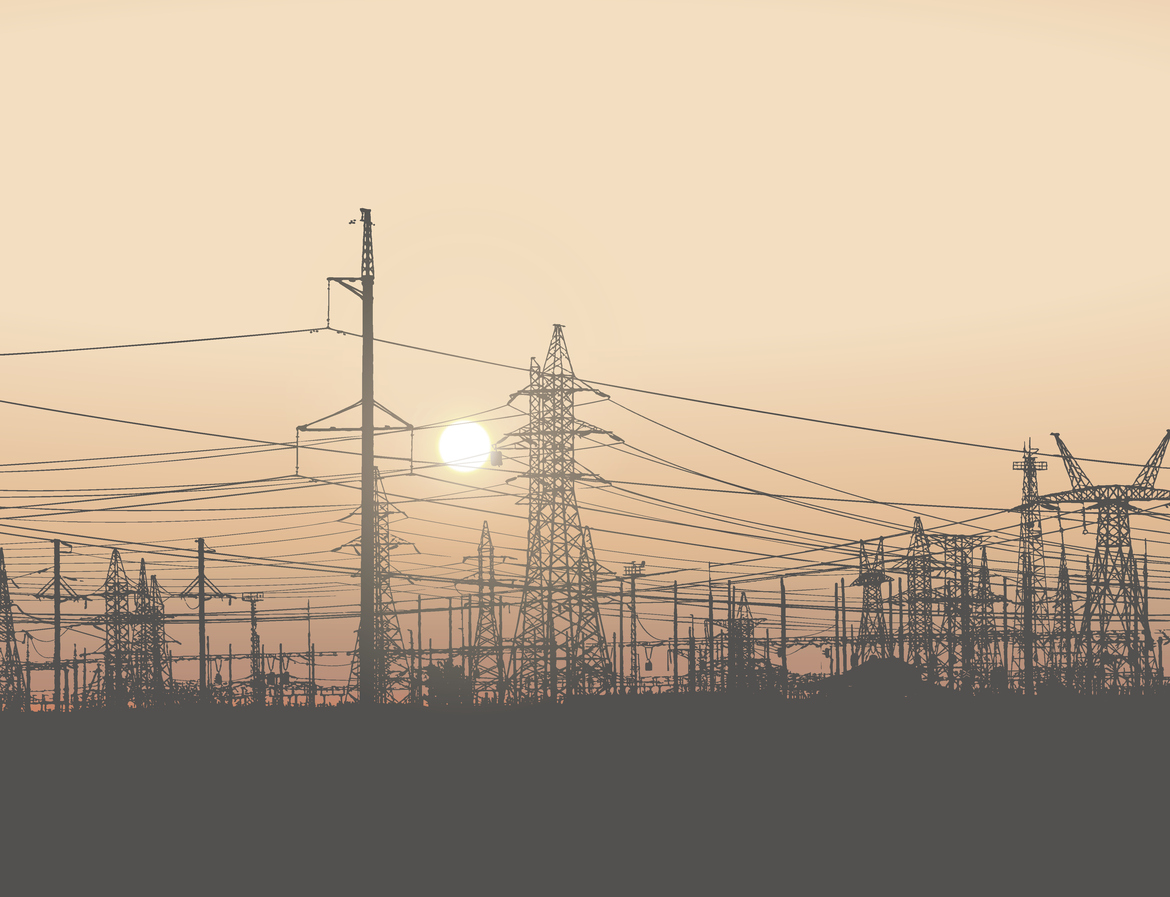 Researchers from Lappeenranta University of Technology (LUT) and VTT Technical Research Centre of Finland have successfully created food out of electricity and carbon dioxide, which they hope could one day be used to help solve world hunger.
Researchers from Lappeenranta University of Technology (LUT) and VTT Technical Research Centre of Finland have successfully created food out of electricity and carbon dioxide, which they hope could one day be used to help solve world hunger.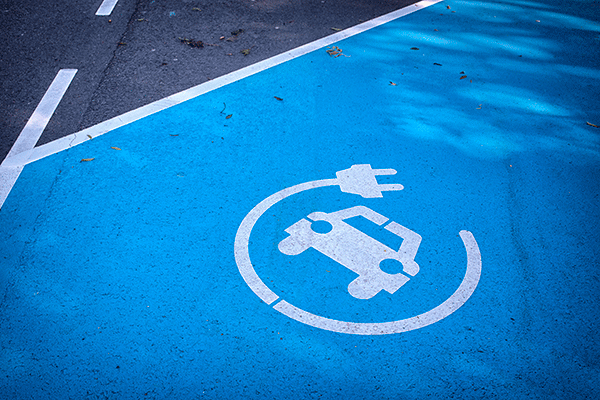 When will cars powered by gas-guzzling internal combustion engines become obsolete? Not as soon as it seems, even with the latest automotive news out of Europe.
When will cars powered by gas-guzzling internal combustion engines become obsolete? Not as soon as it seems, even with the latest automotive news out of Europe. Scientists have created a single catalyst that could simplify the process of splitting water into hydrogen and oxygen to produce clean energy.
Scientists have created a single catalyst that could simplify the process of splitting water into hydrogen and oxygen to produce clean energy. Scientists have found that a common enzyme can speed up—by 500 times—the rate-limiting part of the chemical reaction that helps the Earth lock away, or sequester, carbon dioxide in the ocean.
Scientists have found that a common enzyme can speed up—by 500 times—the rate-limiting part of the chemical reaction that helps the Earth lock away, or sequester, carbon dioxide in the ocean. The global development of industry, technology, and the transportation sector has resulted in massive consumption of fossil fuels. As these fuels are burned, emissions are released—namely carbon dioxide. According to the U.S. Environmental Protection Agency, combustion of petroleum-based products resulted in
The global development of industry, technology, and the transportation sector has resulted in massive consumption of fossil fuels. As these fuels are burned, emissions are released—namely carbon dioxide. According to the U.S. Environmental Protection Agency, combustion of petroleum-based products resulted in 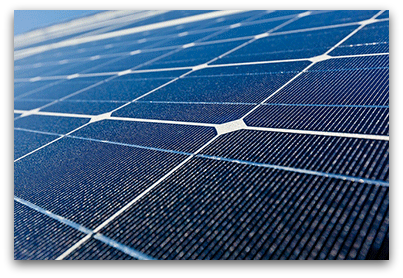 Researchers have created a concentrating photovoltaic (CPV) system with embedded microtracking that is capable of producing 50 percent more energy per day than the standard silicon solar cells.
Researchers have created a concentrating photovoltaic (CPV) system with embedded microtracking that is capable of producing 50 percent more energy per day than the standard silicon solar cells.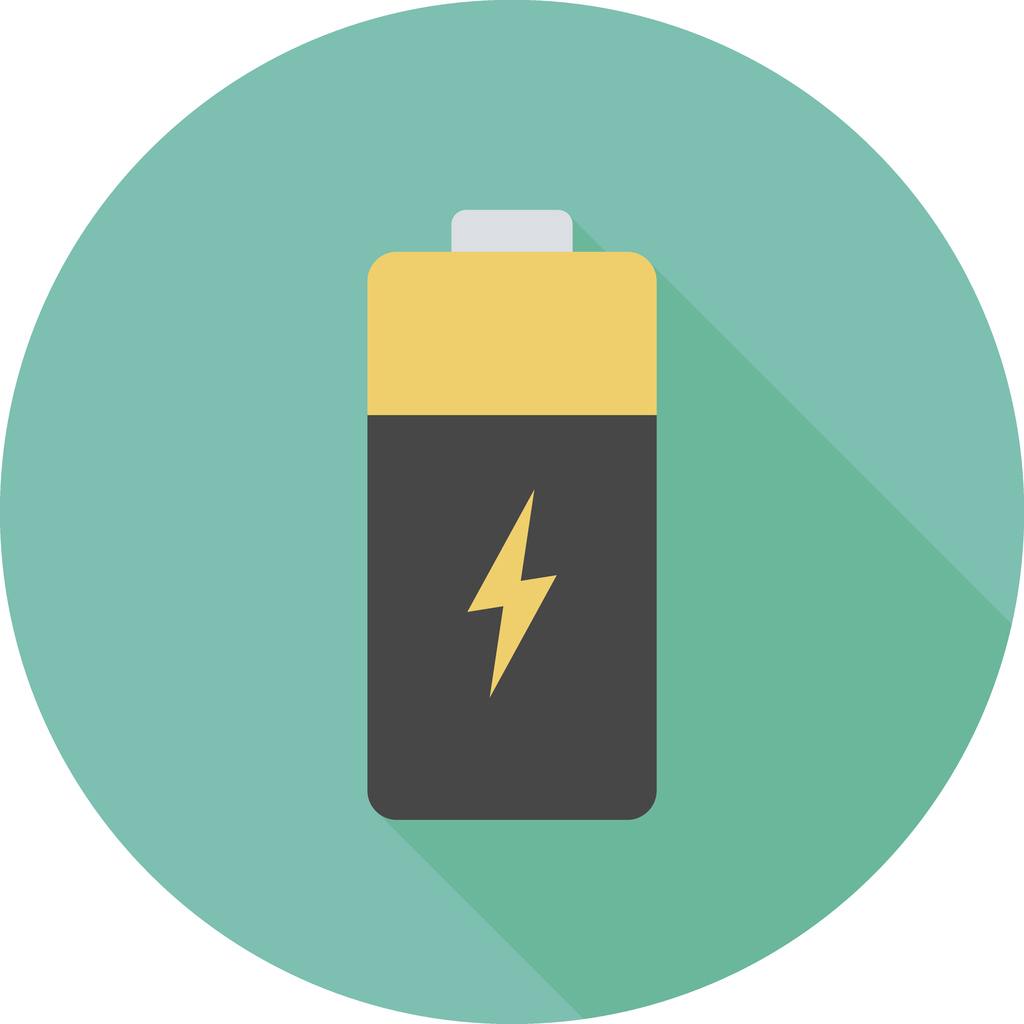 Lithium-ion batteries power a vast majority of the world’s portable electronics, from smartphones to laptops. A standard lithium-ion batteries utilizes a liquid as the electrolyte between two electrodes. However, the liquid electrolyte has the potential to lead to
Lithium-ion batteries power a vast majority of the world’s portable electronics, from smartphones to laptops. A standard lithium-ion batteries utilizes a liquid as the electrolyte between two electrodes. However, the liquid electrolyte has the potential to lead to